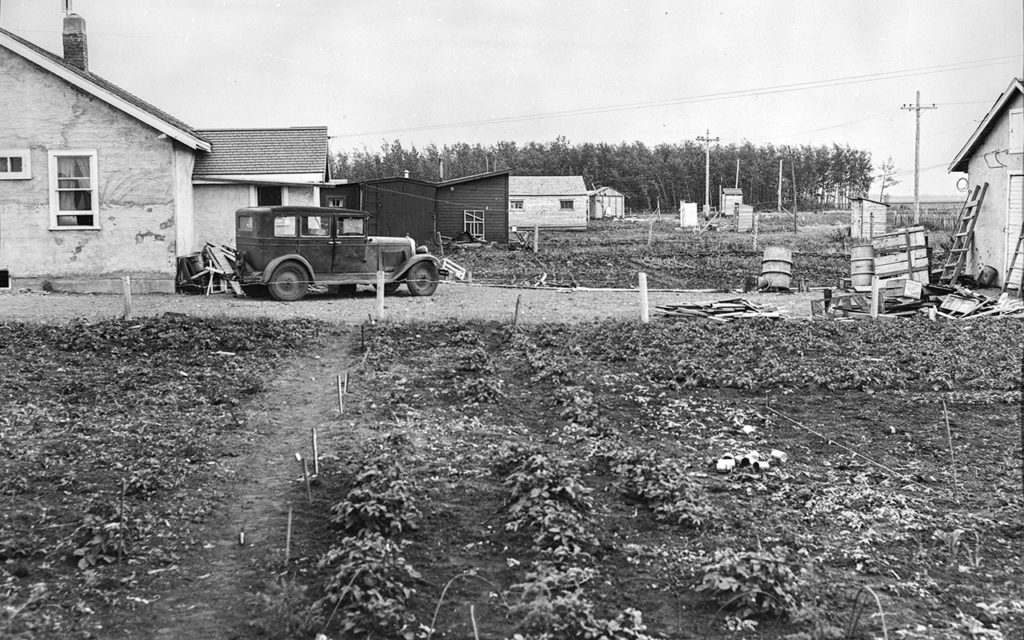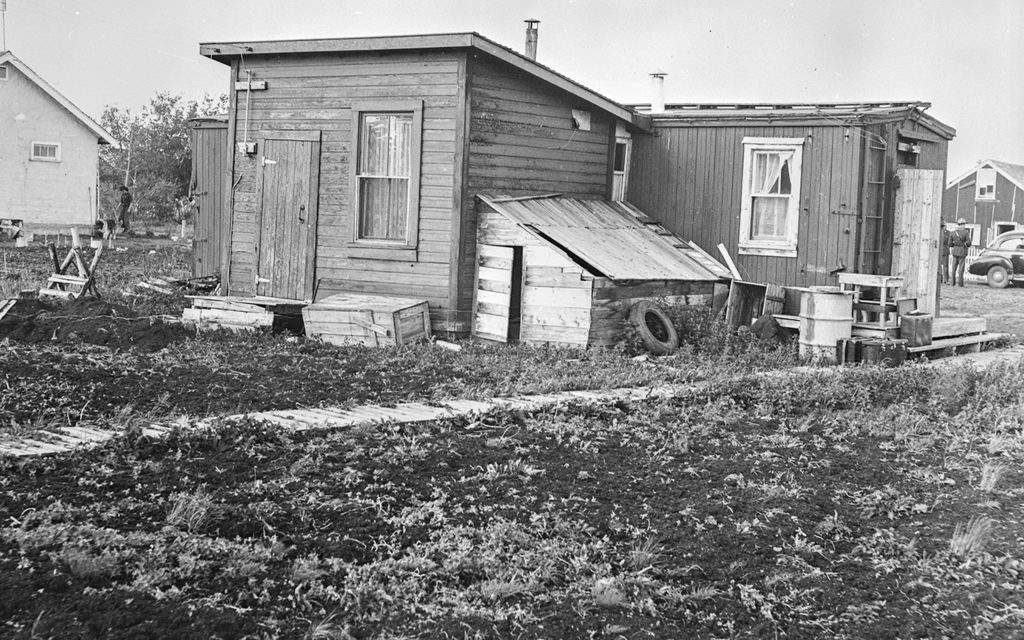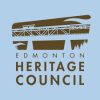
Brooke Leifso
Throughout the last year, people have shared stories of Jasper Place after World War II when it was a booming neighborhood for new houses and new suburban layouts. In the 1940’s building materials were hard to come by and repurposed rail cars were sometimes used for housing.

Some people in Jasper Place built their own homes, living in the basement the first winter and then erecting the main story within the year. In the third year, potatoes were grown in the front yard to provide winter vegetables but also to get quack-grass out of the soil and prepare the land for lawns.
Shirley Romany told us of having a large garden in the ’60s, “I had a big, big garden. Oh, yeah, it was free. You’d just have to go out and dig. And you’re digging clay or sand.”.
In 1949, houses may not have had basements, sewer, water, or bathrooms. Instead of basements, there were dugouts. Houses had 45 gallon drums in the basement to store water. Water was delivered by truck.

In 1953, work began to put the sewer lines in, which were connected to Edmonton’s system. The first phase was from the highway on the north and from 149th to 156th Street. The City of Edmonton agreed to provide 100,000 gallons of water for the first year. When the water and sewer went in, it was a big deal. They were large, 3-4 feet in diameter, concrete pipes stacked up along the road and back alleys.
In 1956, the storm sewers were installed in the old and new neighbourhoods. Before the sewers, there were deep culverts in front of each house — 3-4 feet deep carrying spring run off/melt and rain. Driveways went over this ditch, creating a culvert. In the winter, the culverts would freeze over and needed to be thawed by steam truck.
A water and sewer system made all the difference to the family, with water pumped to the house we now had an indoor bathroom with a tub. No more bathing in the kitchen and heating up the water on the stove!
Do you have any comments about this article or memories to share? Click here.
Brooke Leifso is an Edmontonian community-based artist and researcher for the Jasper Place Community History Project.
This article was first published in the Fall 2021 issue of SPANN.


